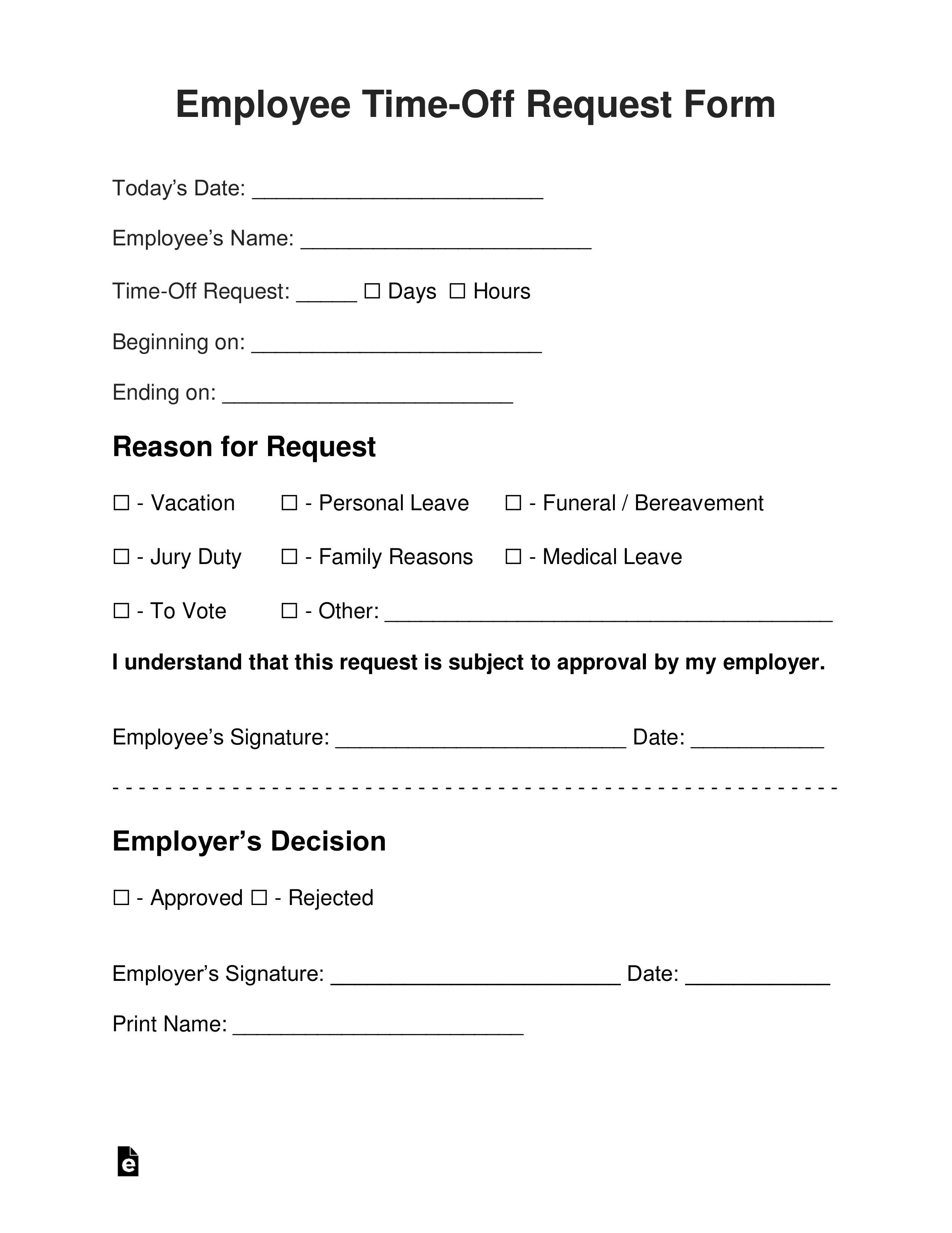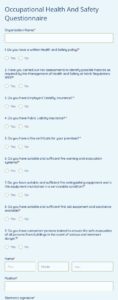Utilizing such a form benefits both employees and employers. It simplifies the process for employees, ensuring they provide all necessary details while reducing the likelihood of miscommunication or delays. For employers, it facilitates efficient tracking and management of absences, contributing to better workforce planning and minimizing disruption to operations. Standardized forms also promote fairness and transparency in the leave request process.

This article will explore various aspects of leave management documentation, including best practices for design and implementation, legal considerations, different types of leave requests, and the integration of such forms into digital workflows.
Key Components of a Leave Request Form
Effective leave request forms capture essential information to facilitate efficient processing and approval. Clear and well-defined fields ensure all necessary details are provided, reducing back-and-forth communication and potential delays.
1: Employee Information: This section typically includes the employee’s full name, employee ID, department, and contact information. Accurate employee identification is crucial for record-keeping and payroll purposes.
2: Date of Request: The date the request is submitted allows for tracking and proper record management.
3: Leave Type: Specifying the type of leave requested (e.g., vacation, sick, personal, bereavement) is essential for applying appropriate leave policies and tracking different absence categories.
4: Start and End Dates: Clear indication of the desired leave period, including specific start and end dates, is fundamental for scheduling and workload management.
5: Total Duration: The total number of days requested provides a quick overview of the leave duration and facilitates accurate leave balance calculations.
6: Reason for Leave (Optional): While not always mandatory, providing a brief reason can be helpful for context, especially for longer leaves or specific circumstances. Maintaining employee privacy is paramount; sensitive details should not be required.
7: Supervisor Approval: A designated space for supervisor signature or electronic approval ensures proper authorization and accountability.
A well-designed form ensures efficient processing of leave requests by including fields for employee identification, dates, leave type, duration, and supervisor approval. This contributes to accurate record-keeping, effective absence management, and streamlined communication between employees and their supervisors.
How to Create a Leave Request Form
Creating a standardized leave request form promotes consistency, simplifies procedures, and ensures necessary information is captured for efficient absence management. The following steps outline the process of developing a comprehensive form.
1: Determine Required Information: Identify the essential data points needed for effective leave tracking and management. This typically includes employee details, dates of leave, type of leave, duration, and approval sections.
2: Choose a Format: Select a suitable format, whether digital (e.g., spreadsheet, online form) or paper-based. Digital formats offer advantages in terms of automation, accessibility, and data management.
3: Design the Layout: Structure the form logically, grouping related information together. Clear labels and concise instructions enhance usability. Ensure the form is easy to read and understand.
4: Incorporate Approval Workflow: Define the approval process, specifying required approvals and the order in which they should occur. Digital forms can automate this workflow, routing requests to the appropriate individuals.
5: Test and Refine: Pilot test the form with a small group of employees to gather feedback and identify areas for improvement. Revise the form based on feedback to ensure clarity and effectiveness.
6: Communicate and Implement: Clearly communicate the new procedure to all employees, providing instructions on how to use the form and access related policies. Make the form readily accessible.
7: Regularly Review and Update: Periodically review the form and update it as needed to reflect changes in policies, procedures, or organizational structure. This ensures the form remains relevant and effective.
A well-designed form, implemented with clear communication and regular review, provides a structured approach to leave requests, benefiting both employees and the organization. This streamlined process improves efficiency, reduces errors, and contributes to effective absence management.
Standardized leave request procedures, supported by well-designed forms, are integral to effective workforce management. Such systems provide clarity, consistency, and efficiency in handling employee absences, benefiting both individuals and organizations. From ensuring accurate record-keeping and streamlined workflows to fostering transparency and fairness, structured leave management processes contribute significantly to operational smoothness and positive employee relations.
Investing in robust leave management tools and practices represents a commitment to a well-organized and productive work environment. A clear and accessible system empowers employees while providing employers with the necessary tools for efficient absence tracking and resource allocation. As work environments evolve, adapting and refining these processes will remain crucial for maintaining a balanced and thriving organization.
